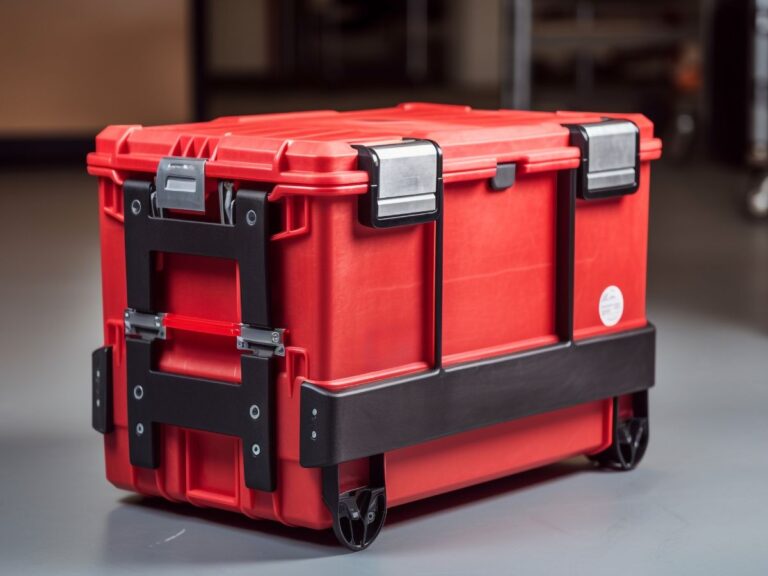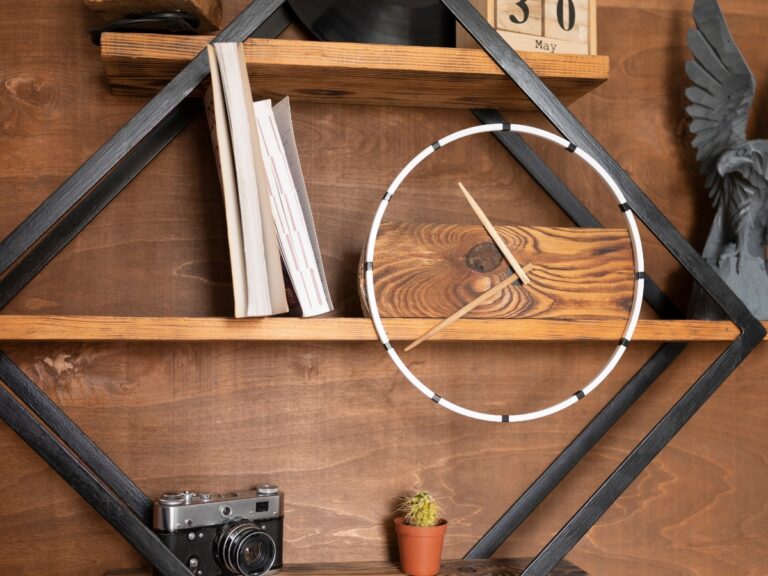A planer is amongst the most useful machines that can be found in a woodworker’s shed. It is made to thin a thick board. But there is so much more that can be done with a planer with various tips and tricks. It can end up being a really versatile tool if you know how to use it right. Read on to learn more about all you can do with just a thickness planer!
Here is some useful and simple thickness planer tips and tricks to get the most out of your thickness planer!
Thickness planer tips and tricks for your benefit
-
Have one side smooth
It is often considered necessary to have at least one smooth side while passing a piece of wood under the planer. If at least one side of the wood is not smooth, it might rock to and fro under the rollers of the planer. But there is a simple trick for your planer to work with an unevenly surfaced wood plank, and that is for the sleds and shims.
The wood will then ride on the sled, and the shims eliminate the rocking which provides a smooth piece of lumber. Attaching the sled and workpiece to the hot melt glue will secure the shim from shifting. To start with, make shallow passes with the wood piece, removing not more than 1/32″ at a time until the top is smooth. Then take off the sled and plane the other side.
-
Use very thin stock
Another thickness planer tips and tricks to use for your thickness planer is to get it to use really thin stock, to the size of 3/16″ or less. A planer cannot normally do this as the cutter head can’t go to the point that low. But the way to achieve this is very easy! Just “raise” the planer, the bed in particular, with the help of an auxiliary.
The auxiliary bed carries the wood piece when it goes through the planer, placing it at a level high enough to hit it with the roller and planer knives. Take very shallow cuts until you achieve the thickness level you wanted.
Video Credit – Tayler Made
-
Plane the edges out
It is possible to also plane edges of multiple pieces to get the required width. For this tip to work, you just need to put the pieces in a group and run the whole set all at the very same time. You should consider cutting every piece to a similar average width before planning for the best results. This is one of the crucial thickness planer tips and tricks.
-
A way to do the short pieces well
Even though generally planning pieces shorter than 12” generates unsatisfactory results, there sometimes comes up a situation where it needs to be done. However, there is a simple tip for planers to do that as well! You simply need to make a board of wood seem longer than it actually is.
Attach some long and narrow scrap pieces to the original board at the edges. You can do this with double-sided tape. The support pieces will add to the length so that the workpiece goes through the planer smoothly. This trick works better if the support pieces are the same thickness as the original, and if they are flush with the bottom face.
-
Squaring and straightening the edges
A planer is also very handy when it comes to squaring up and straightening the edge of a plank of wood. This can be done with the utmost ease by balancing a piece on edge. To achieve this, use double-sided tape to fasten some narrow boards to the lumber. These pieces will work to help keep the workpiece in line with the cutter head as it is passed through the planer.
These various thickness planer tips and tricks are easy to execute and can go a long way in giving you better results for your lumbering adventures. Happy woodworking!




